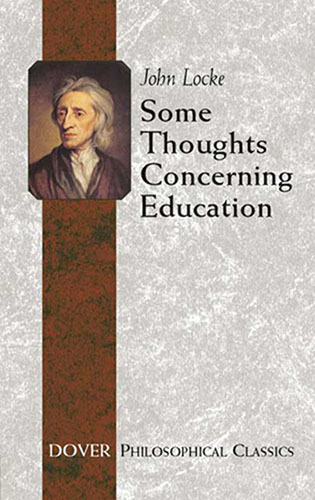What We Found
Our process…
Following the cataloguing process, our group organised the Item Type Metadata into visual charts as seen below. In consideration that this display was curated for young readers aged 3-5, we were able to make statistical inferences about the content featured on the shelves.
Let’s talk numbers…
We catalogued a total of 16 books: 68.72% of the books feature non-human main characters. 25% are White primary characters and 6.25% Latinx primary characters.
So what?
While analysing the data collected, it is crucial to note that we randomly selected a small sample of 16 books in the display. Since over half of the books depict non-human characters, it was challenging to identify traits such as race, gender, sexuality and religion. For this reason, the metadata collected in this sample will not reflect all picture book content for readers aged 3-5. It appears as though there is a lack of diversity in the books featured in the chosen display. However, this is untrue! We must view the data from several perspectives to reveal those Mirrors, Windows and Sliding Glass doors!
BIG Picture!
Take a look at the big picture and you will see,
far more than meets the eye, I guarantee!
We must be critical and think analytically,
put our minds together and it comes easily!
Let’s address the elephant on the shelf. Why are there so many books depicting non-human and animal characters? Well... in consideration of the target audience of young children aged 3-5, we can conclude a couple of things!
First, animals in books are wonderful and awesome,
it can be what encourages a love for reading to blossom!
For years past, present, and future,
they bring light, fun, love and humour!
This insight is not new for authors, educators, or parents. In fact, as philosopher John Locke argued in his Thoughts Concerning Education (1693), literature with and about animals is essential in the development of young people. He especially recommended Aesops’ Fables for children as they “carry acceptable and useful morals about human life, combining instruction and delight”(Locke, 1693).
Furthermore, the use of animals allows children to distance themselves from the characters and happenings. This information supports the ideology that it’s what is on the inside that counts. After all, “your soul makes your body, just as a snail makes its shell” (Kingsley, 86). This phrase instils in young minds not to judge a book by its cover as they learn to develop empathy and respect for themselves and others. It is also beneficial for stories that tackle difficult situations and emotions such as grief and loneliness.
Let’s get to the point.
In taking a closer look, we can begin to uncover a wonderful mosaic of mirrors our young readers can see themselves in! Overall, the presence of non-human characters allows for all readers to see themselves in the narratives. In focusing on the personality traits of the characters, young minds can direct their attention to what is most important.
Sources
Kingsley, Charles, and Elisa Trimby. The Water Babies: A Fairy Tale for a Land-Baby. Puffin, 1984.
Locke, John. Some Thoughts Concerning Education. A. and J. Churchill at the Black Swan in Paternoster-row, 1693.


